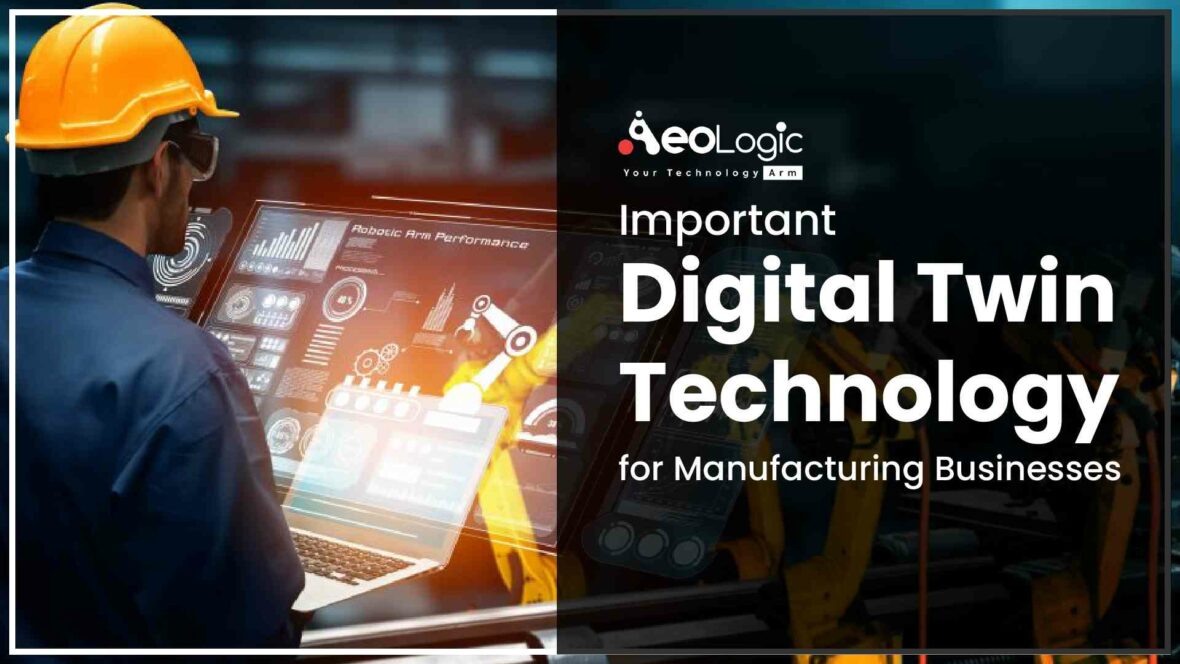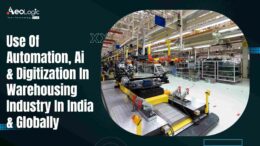Digital twins are a popular topic right now today, the big question is how do you use something like this to really truly optimize your operations, get through a project quicker, get better on your ROIs, and really simulate your facility before you’re spending a lot of money doing the troubleshooting on the operating system itself. Before hopping into the importance of digital twin technology in manufacturing business it is essential to understand a brief about digital twin technology.
Importance of Digital Twin Technology for Manufacturing
Consider digital twin virtual replicas of actual physical devices that data scientists and IT pros can use to run simulations only in a sense. It’s a computer program that takes real-world data about a physical object as input and produces as output these simulations on how that physical object could be affected by those inputs.
While the popularity of digital twin technology is partly driven by the rapid adaptation of 3D printing and 3D simulations. The first idea actually arose at NASA where full-scale mock-ups of early space capsules used on the ground to mirror to diagnose problems in orbit eventually gave way to full simulations but the concept really took off after got renamed it as top 10 digital trends to watch for as digital twinning will exist for billions of things and we’ll create a multitude of digital IT applications opportunities across the industries.
Importance of Digital Twin Technology for Manufacturing
The innovation backbone of the future, delivering virtual representations of real-world products, systems, and cities. For example, the digital twin of an electric motor not only showcases form, but also analyzes functions from the rotation of the shaft to thermal conductivity to data from sensors, and beyond.
What’s more, the digital twin continuously evolves thanks to the flow of data, user experience feedback, and new input, and it’s greatly impacting development, production, and operation. In Development, a product behavior can be simulated and tested long before a physical prototype has been built.
It doesn’t stop here, digital twins also unleash the power of 3D printing. In a recent study for a gas mixing system, insights from the simulation of form and flow behavior were combined with generative algorithms. The result? A truly unique channel shape and configuration one significantly better than anything previously designed.
Even entire factories down to individual machines can be simulated and tested. For instance: robots. It’s difficult for them to perform milling tasks because large forces in the manufacturing process lead to inaccurate movements but with the digital twin, the calculation and compensation can be done in real-time from the forces that push the robot away from the milling path, keeping the robot in its path.
When it comes to operations digital twins can compare the sensor data of a real point in real-time with the simulation of its point. The availability of the point parallel to operations can be reliably predicted and sudden disruptions become a thing of the past.
But this is just the beginning and many companies are already driving the future. Merging digital twins with artificial intelligence (AI) allows computers to independently design advanced products.
For development, production, and operation, the digital twin breaks with traditional paradigms and opens up extraordinary possibilities. That’s how digital twins technology is important in the manufacturing business.
Conclusion
Not to mention the typical industries that are already adopting digital twin technology are immensely getting benefitted out of that for instance healthcare your patient monitoring through sensors, medical device simulation in aerospace and defense space base monitoring, aircraft engine design and production in energy and utilities, power infrastructure, wind, and gas turbine use cases have already seen early advantages of adopting digital twins technology.
Are you looking to implement digital twins technology into your manufacturing business? If yes so please feel free to contact us at support@aeologic.com






